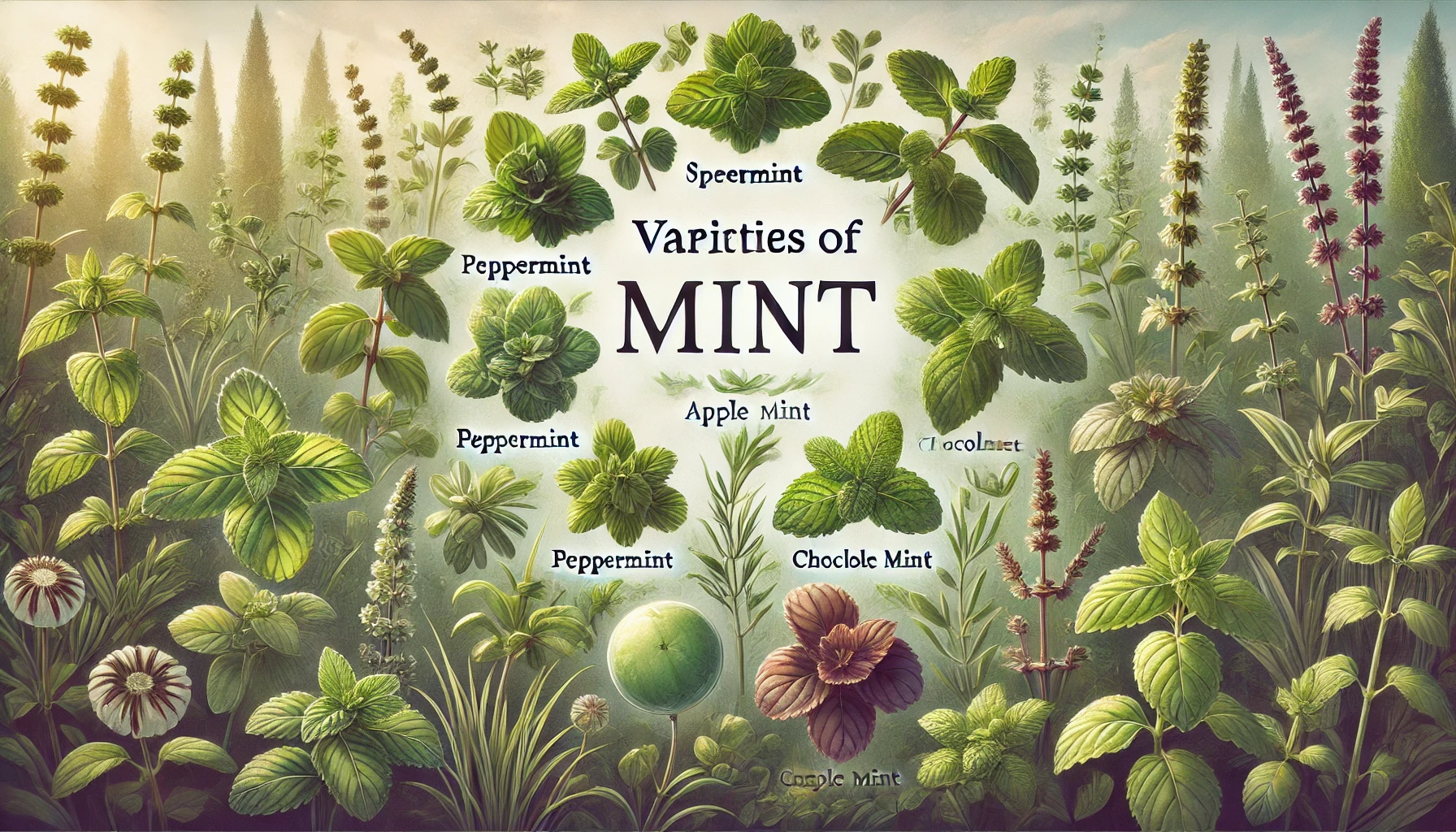Mint is a popular herb known for its refreshing flavor and aroma, used in a variety of culinary and medicinal applications. This comprehensive guide explores different mint varieties based on their commonality, rarity, adaptability to weather, and taste, providing detailed descriptions to help you choose the best mint for your needs.
Table of Contents
- Common Mint Varieties
- Rare Mint Varieties
- Exotic Mint Varieties
- All-Weather Mint Varieties
- Best Tasting Mint Varieties
- Additional Mint Varieties
1. Common Mint Varieties
Spearmint
Spearmint is one of the most popular types of mint, known for its mild and sweet flavor. It is widely used in cooking, beverages, and as a breath freshener.
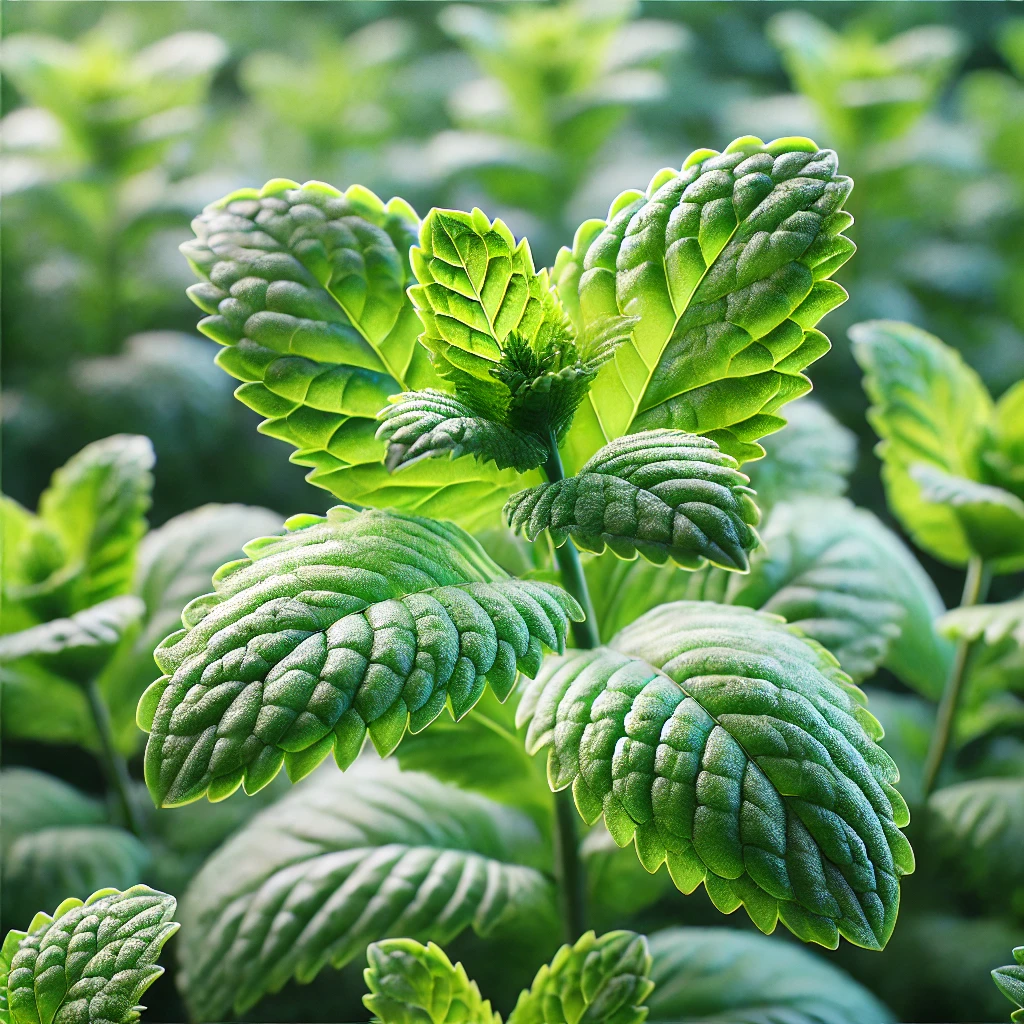
- Description: Mild, sweet flavor.
- Appearance: Bright green leaves with a serrated edge.
- Location: Widely cultivated globally.
- Ideal Weather: Mild to warm climates.
- Ideal Season: Spring to summer.
- Ideal Temperature: 60-80°F (16-27°C).
- Uses: Cooking, teas, cocktails, breath fresheners.
Peppermint
Peppermint is a hybrid of spearmint and watermint, known for its strong, menthol flavor. It is commonly used in candies, teas, and medicinal products.
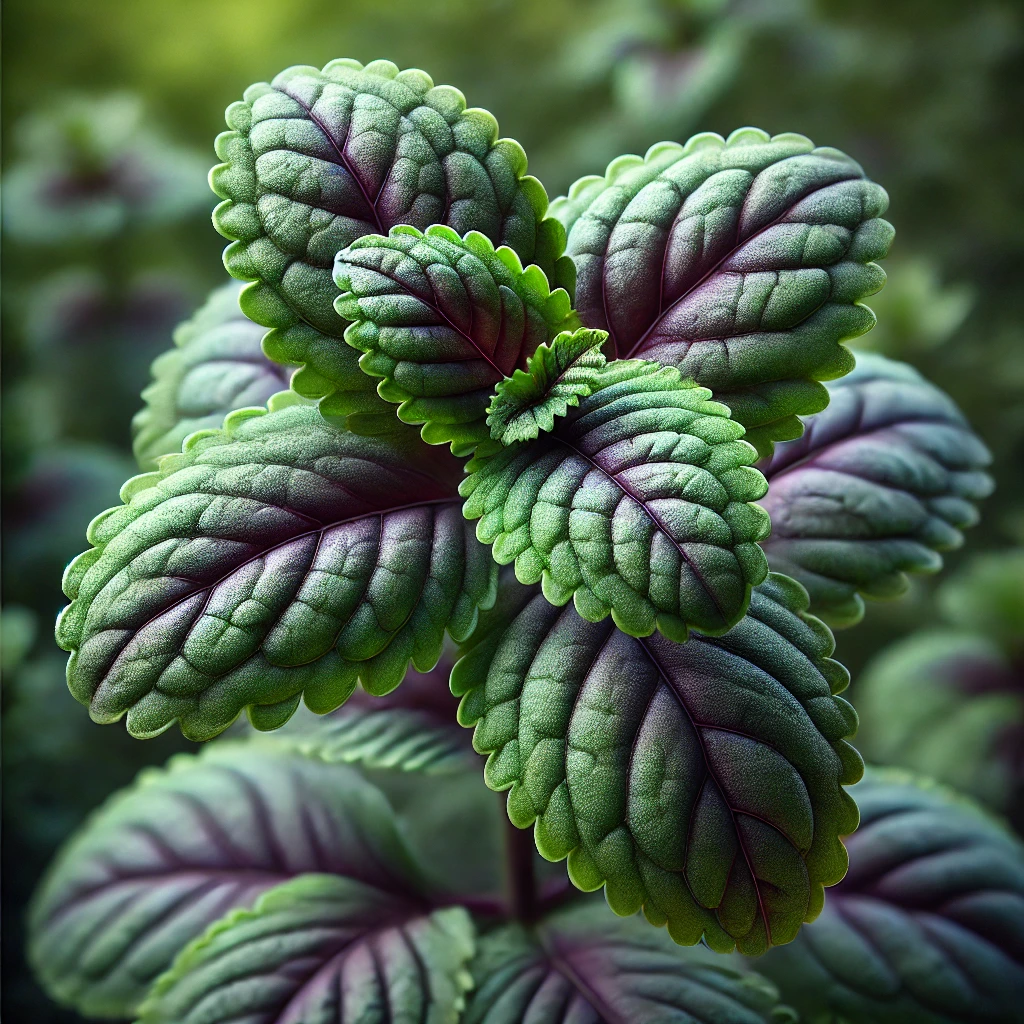
- Description: Strong, menthol flavor.
- Appearance: Dark green leaves with a slightly purple tinge.
- Location: Widely cultivated globally.
- Ideal Weather: Mild to cool climates.
- Ideal Season: Spring to summer.
- Ideal Temperature: 55-70°F (13-21°C).
- Uses: Teas, candies, essential oils, medicinal products.
2. Rare Mint Varieties
Chocolate Mint
Chocolate mint is a rare variety with a unique, chocolatey aroma and flavor. It is often used in desserts and beverages for an extra layer of flavor.
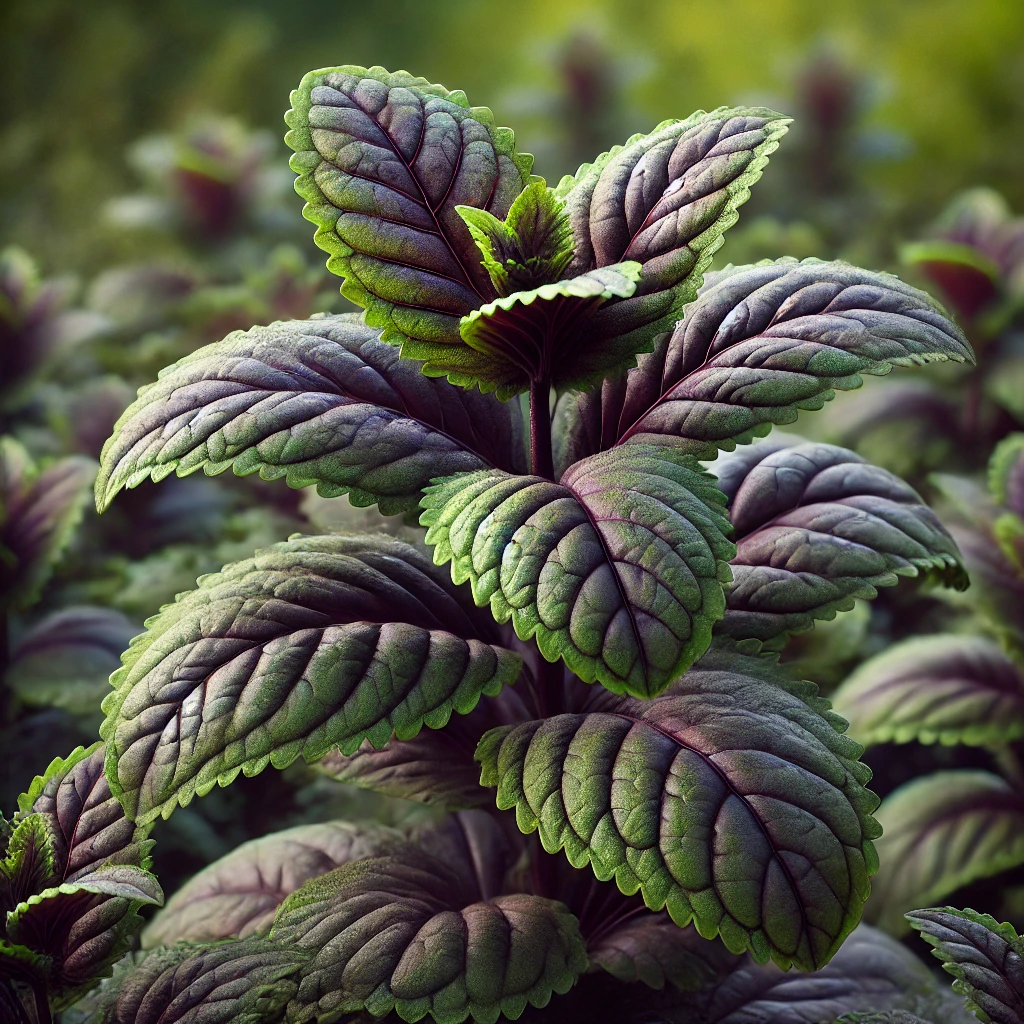
- Description: Minty with a hint of chocolate.
- Appearance: Dark green leaves with a slight purple hue.
- Location: Specialty herb gardens.
- Ideal Weather: Mild climates.
- Ideal Season: Spring to summer.
- Ideal Temperature: 60-75°F (16-24°C).
- Uses: Desserts, teas, beverages.
Pineapple Mint
Pineapple mint is a variegated mint variety with a subtle pineapple flavor and attractive appearance. It is often used as a garnish and in beverages.
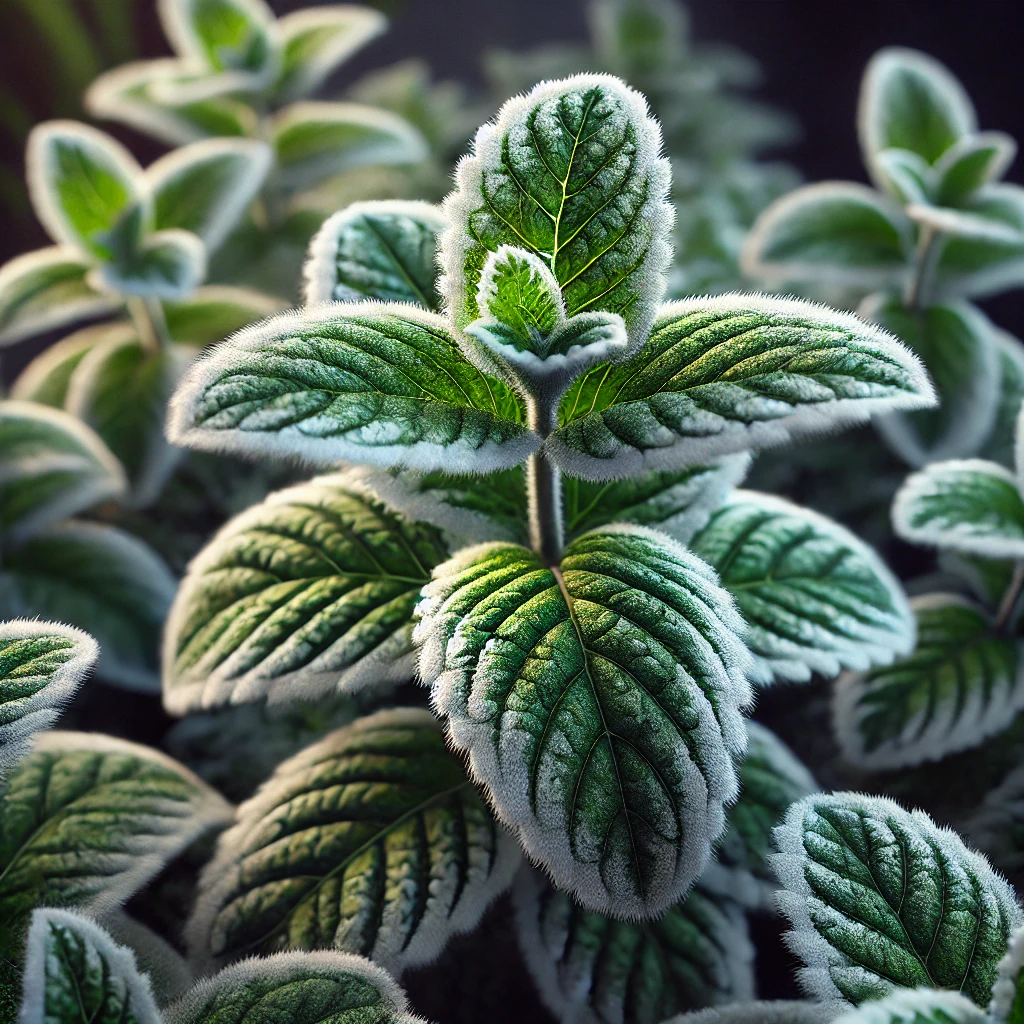
- Description: Subtle pineapple flavor.
- Appearance: Green leaves with white edges.
- Location: Specialty herb gardens.
- Ideal Weather: Mild climates.
- Ideal Season: Spring to summer.
- Ideal Temperature: 60-75°F (16-24°C).
- Uses: Garnishes, teas, beverages.
3. Exotic Mint Varieties
Ginger Mint
Ginger mint has a unique flavor profile combining mint and ginger. It is often used in culinary dishes and beverages to add a zesty twist.
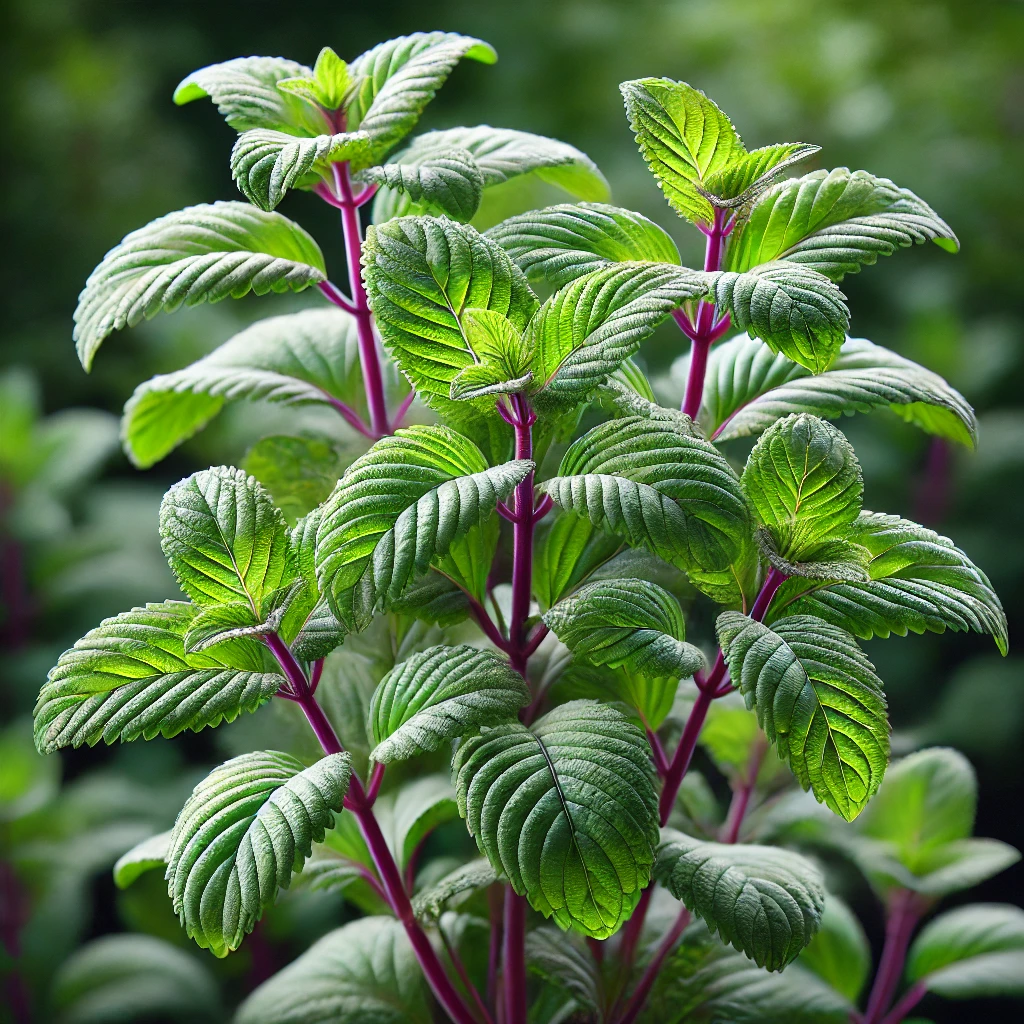
- Description: Minty with a ginger undertone.
- Appearance: Green leaves with purple stems.
- Location: Specialty herb gardens.
- Ideal Weather: Mild to warm climates.
- Ideal Season: Spring to summer.
- Ideal Temperature: 60-80°F (16-27°C).
- Uses: Cooking, teas, beverages.
Apple Mint
Apple mint, also known as woolly mint, has a fruity, apple-like flavor and is commonly used in salads and beverages.
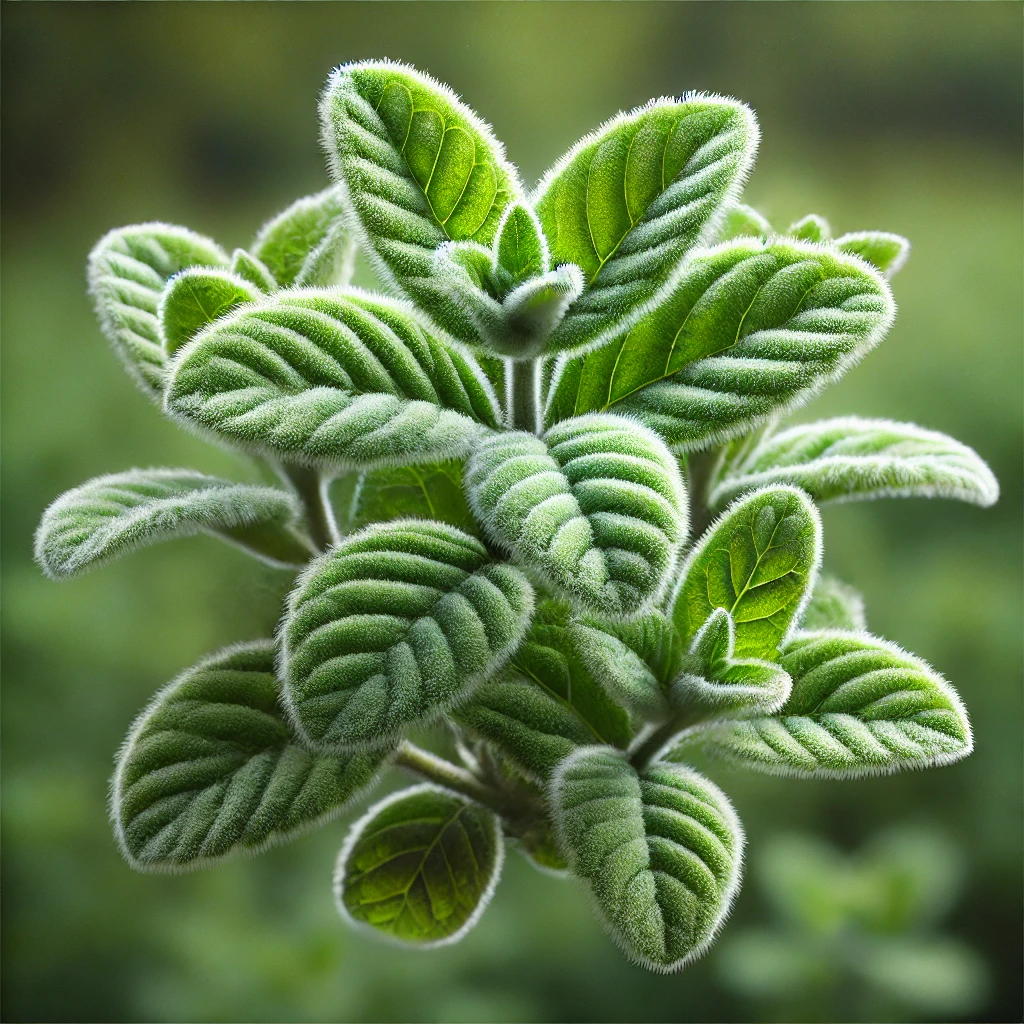
- Description: Fruity, apple-like flavor.
- Appearance: Light green, fuzzy leaves.
- Location: Specialty herb gardens.
- Ideal Weather: Mild to warm climates.
- Ideal Season: Spring to summer.
- Ideal Temperature: 60-80°F (16-27°C).
- Uses: Salads, beverages, garnishes.
4. All-Weather Mint Varieties
Corsican Mint
Corsican mint is a low-growing variety that is highly adaptable to various climates. It is known for its strong aroma and is often used as a ground cover.
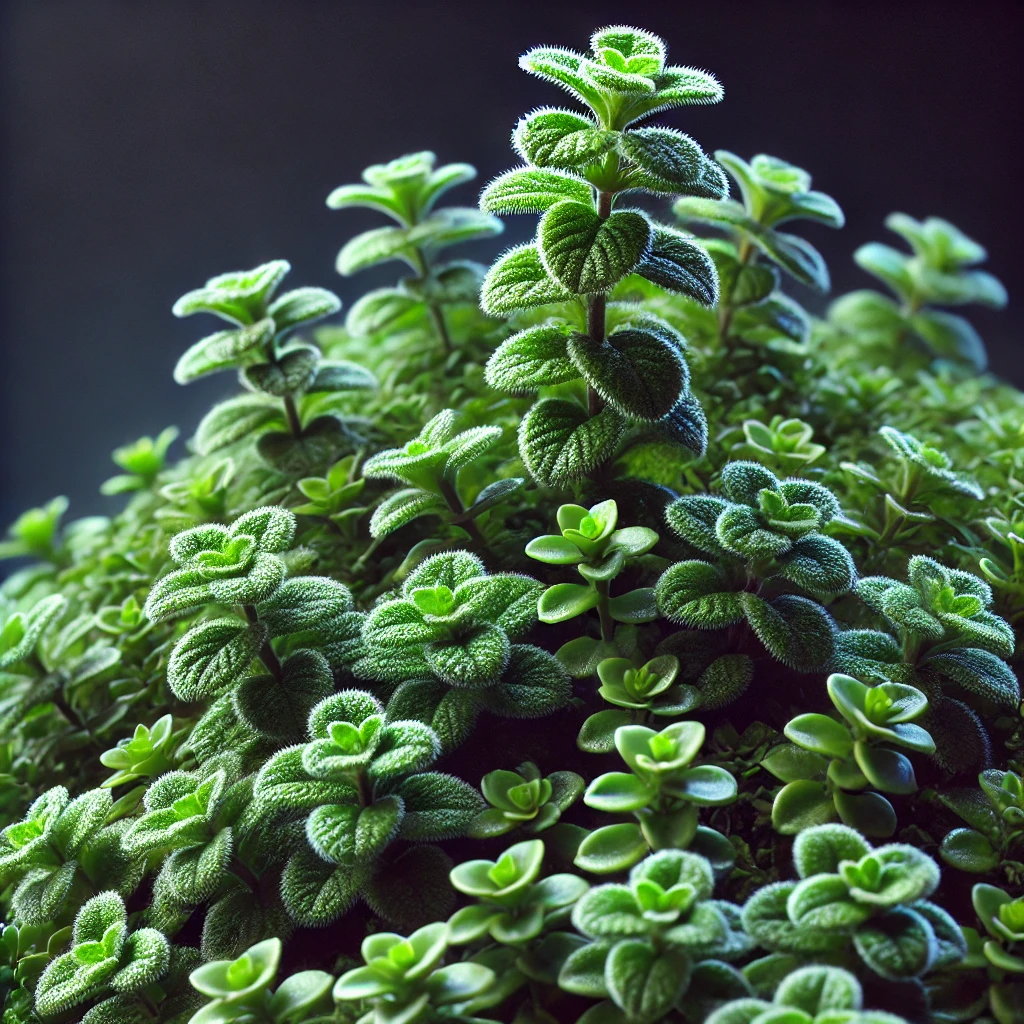
- Description: Strong minty aroma.
- Appearance: Tiny, bright green leaves.
- Location: Europe, North America.
- Ideal Weather: Adaptable to various climates.
- Ideal Season: Spring to fall.
- Ideal Temperature: 55-75°F (13-24°C).
- Uses: Ground cover, teas, garnishes.
Pennyroyal Mint
Pennyroyal mint is another highly adaptable variety, known for its strong scent and medicinal uses. It is often used as a natural insect repellent.
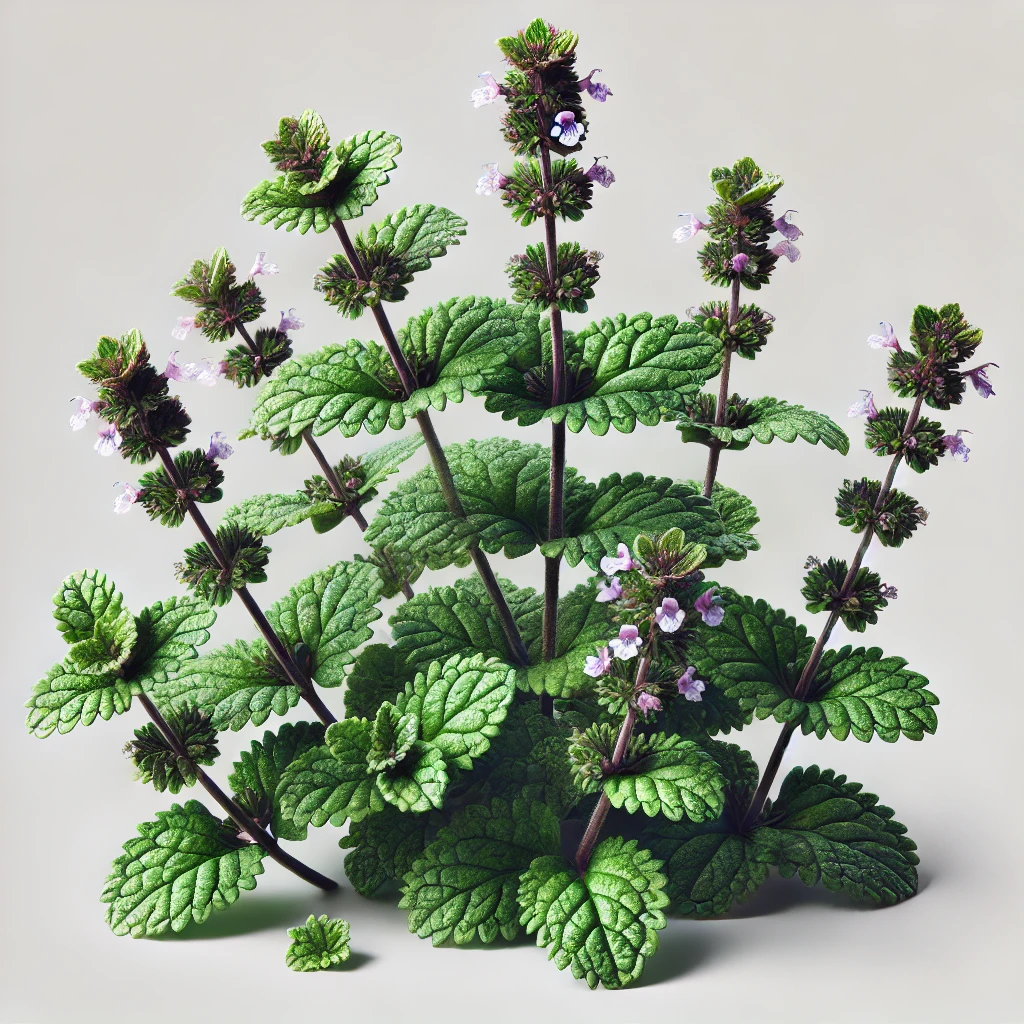
- Description: Strong, pungent aroma.
- Appearance: Small, dark green leaves.
- Location: Europe, North America.
- Ideal Weather: Adaptable to various climates.
- Ideal Season: Spring to fall.
- Ideal Temperature: 55-75°F (13-24°C).
- Uses: Insect repellent, teas, medicinal uses.
5. Best Tasting Mint Varieties
Moroccan Mint
Moroccan mint is prized for its sweet, refreshing flavor and is commonly used in traditional Moroccan tea. It is considered one of the best-tasting mint varieties.
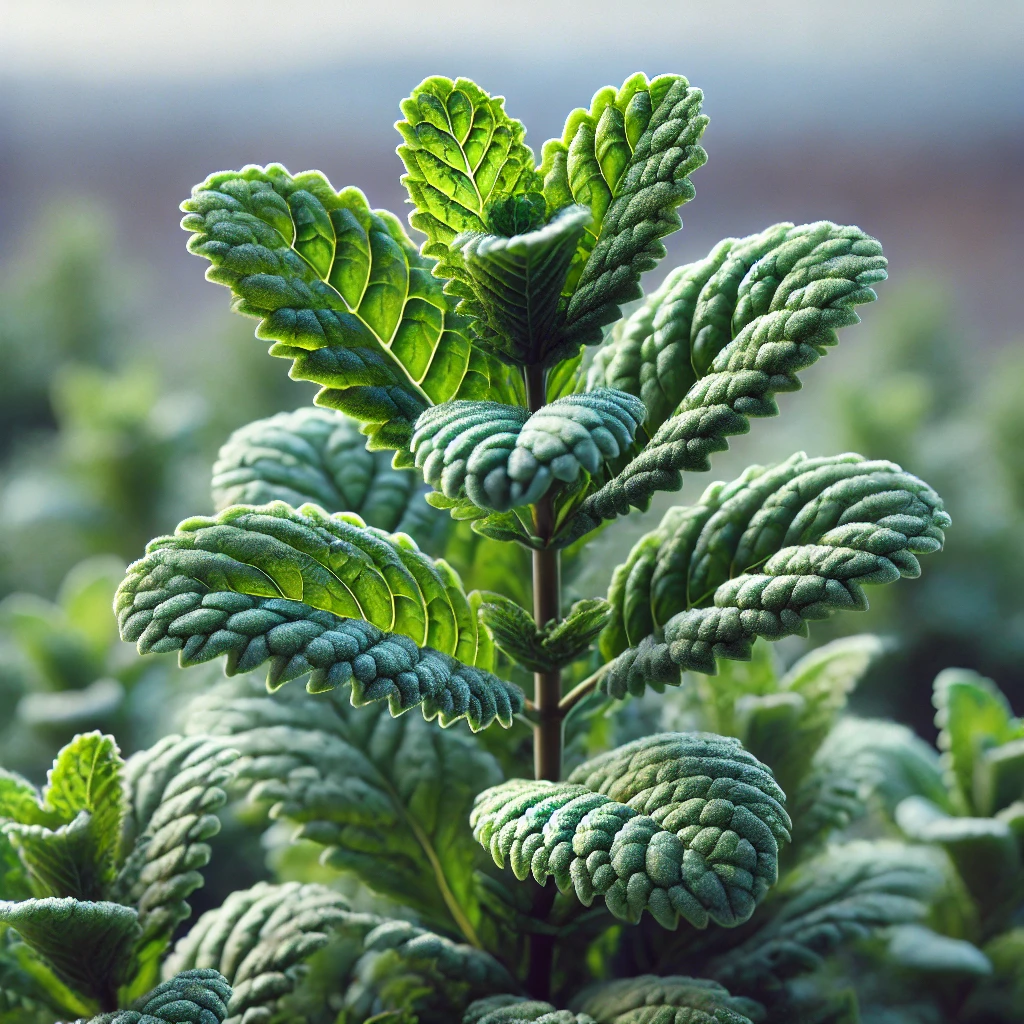
- Description: Sweet, refreshing flavor.
- Appearance: Bright green leaves.
- Location: North Africa.
- Ideal Weather: Warm, dry climates.
- Ideal Season: Spring to summer.
- Ideal Temperature: 60-80°F (16-27°C).
- Uses: Teas, cooking, garnishes.
Lemon Mint
Lemon mint, also known as lemon balm, has a citrusy flavor that combines well with mint. It is often used in teas, salads, and desserts.

- Description: Citrusy, minty flavor.
- Appearance: Bright green leaves.
- Location: Europe, North America.
- Ideal Weather: Mild to warm climates.
- Ideal Season: Spring to summer.
- Ideal Temperature: 60-80°F (16-27°C).
- Uses: Teas, salads, desserts.
6. Additional Mint Varieties
Basil Mint
Basil mint has a flavor that combines the characteristics of mint and basil. It is used in a variety of culinary applications, especially in Italian and Mediterranean dishes.

- Description: Combination of mint and basil flavor.
- Appearance: Green leaves with serrated edges.
- Location: Europe, North America.
- Ideal Weather: Mild to warm climates.
- Ideal Season: Spring to summer.
- Ideal Temperature: 60-80°F (16-27°C).
- Uses: Cooking, teas, garnishes.
Lavender Mint
Lavender mint has a unique flavor with hints of lavender. It is often used in desserts, beverages, and as a garnish.
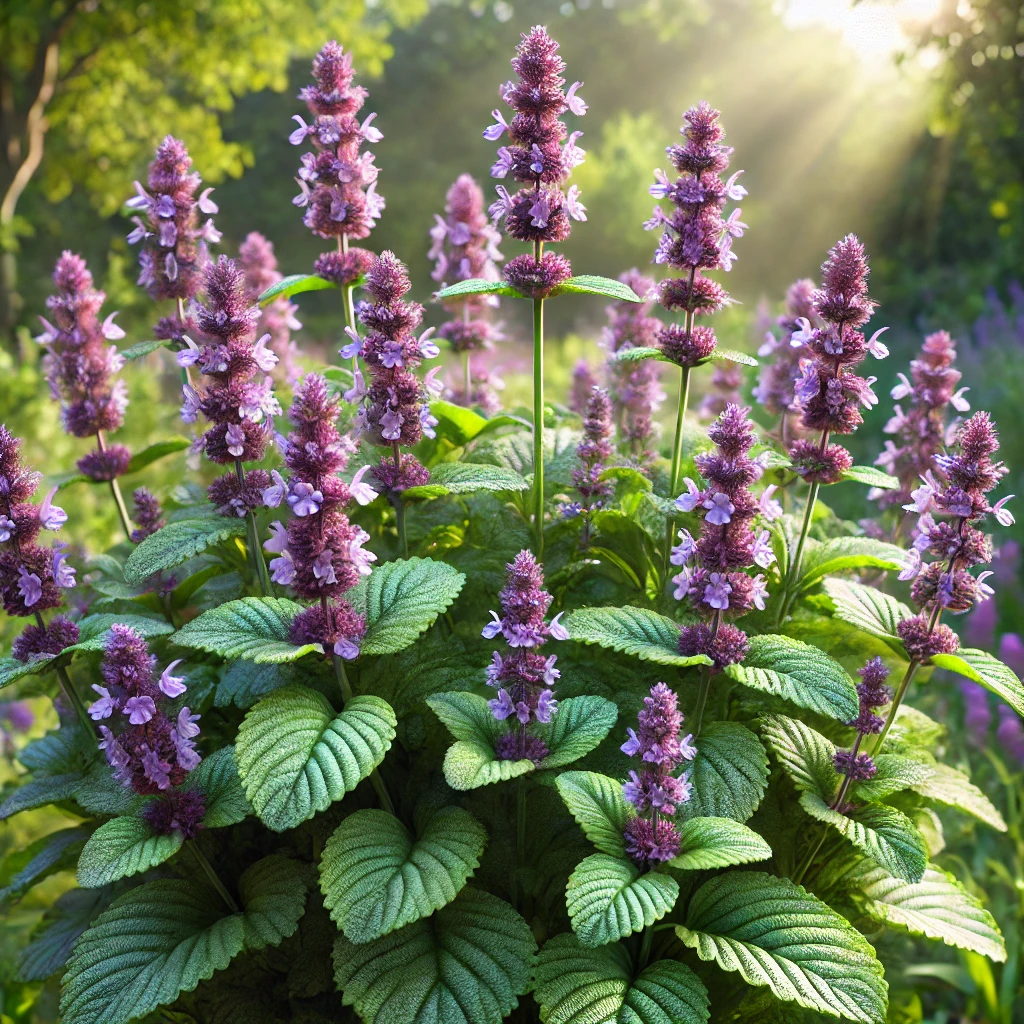
- Description: Minty with a hint of lavender.
- Appearance: Green leaves with purple flowers.
- Location: Specialty herb gardens.
- Ideal Weather: Mild to warm climates.
- Ideal Season: Spring to summer.
- Ideal Temperature: 60-80°F (16-27°C).
- Uses: Desserts, teas, garnishes.
Conclusion
Mint comes in a diverse range of varieties, each with unique characteristics that make them suitable for different culinary and medicinal applications. By understanding these varieties, you can select the perfect mint for any dish or garden setting, whether you are looking for common, rare, exotic, all-weather, or taste-specific options.
